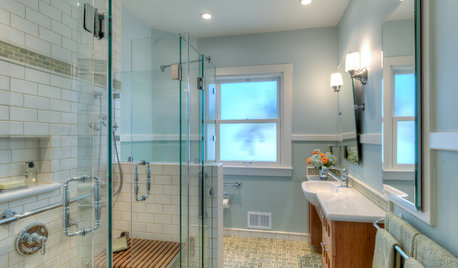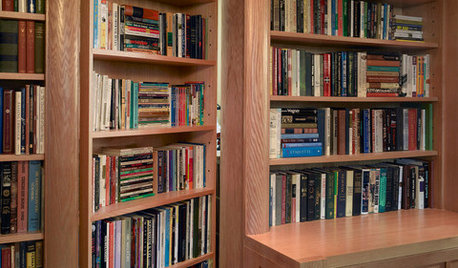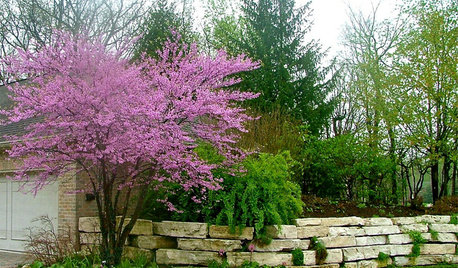Ideal way to transplant Ramps (Allium tricoccum)
ActionClaw (Northern Ohio zone:5a/5b)
10 years ago
Related Stories

FALL GARDENINGWhy Fall Is the Best Time for Planting
Spring is overrated for planting. Starting plants in autumn has advantages for both garden and gardener
Full Story
UNIVERSAL DESIGNBungalow Bathroom Gains New Accessibility
Better design and functionality make life easier for a homeowner in a wheelchair
Full Story
SAVING WATERXeriscape Gardens: How to Get a Beautiful Landscape With Less Water
Conserve water and make gardening much easier with the xeriscape approach’s 7 principles
Full Story
GREAT HOME PROJECTSHow to Create a Secret Doorway Behind a Bookcase
Hide your valuables (or unsightly necessities) in a room or nook that no one will guess is there
Full Story
GARDENING GUIDES20 Favorite Flowers for Butterflies and Bouquets
Discover perennials and annuals that do double duty as butterfly magnets and versatile cut flowers
Full Story
GARDENING GUIDESGet a Head Start on Planning Your Garden Even if It’s Snowing
Reviewing what you grew last year now will pay off when it’s time to head outside
Full Story
GARDENING GUIDES10 Top Mid-Atlantic Native Plants
Enjoy a four-season garden in the mid-Atlantic region with plants that will stand up to weather shifts, clay soil and the occasional deer
Full Story





bluespiritartist
price403
Related Professionals
Lakeland Landscape Contractors · Waterbury Landscape Contractors · Columbine Landscape Contractors · Goodlettsville Landscape Contractors · North Canton Landscape Contractors · Pikesville Landscape Contractors · Soddy Daisy Landscape Contractors · ‘Ewa Beach General Contractors · Ewing General Contractors · Greensburg General Contractors · Mililani Town General Contractors · North Highlands General Contractors · Redan General Contractors · San Elizario General Contractors · Springboro General Contractors